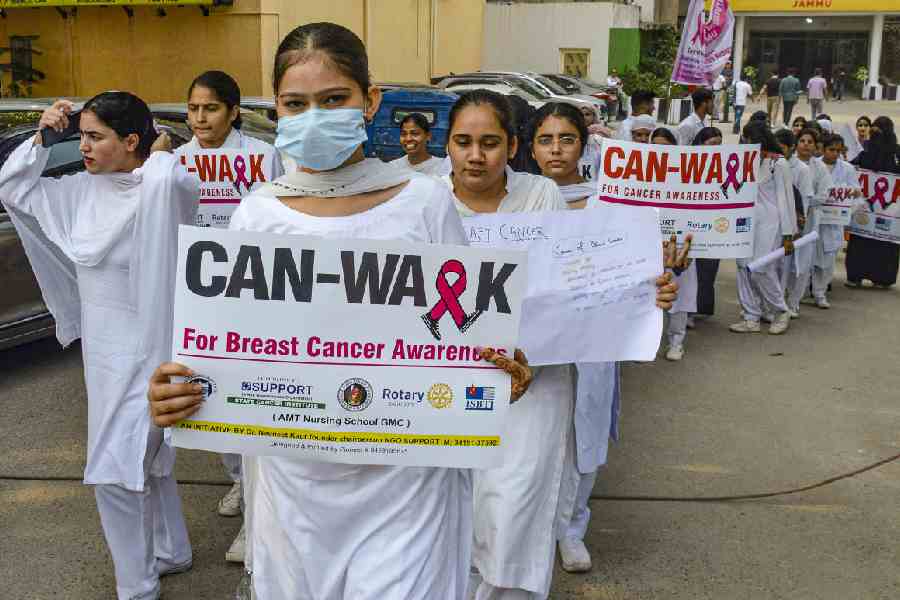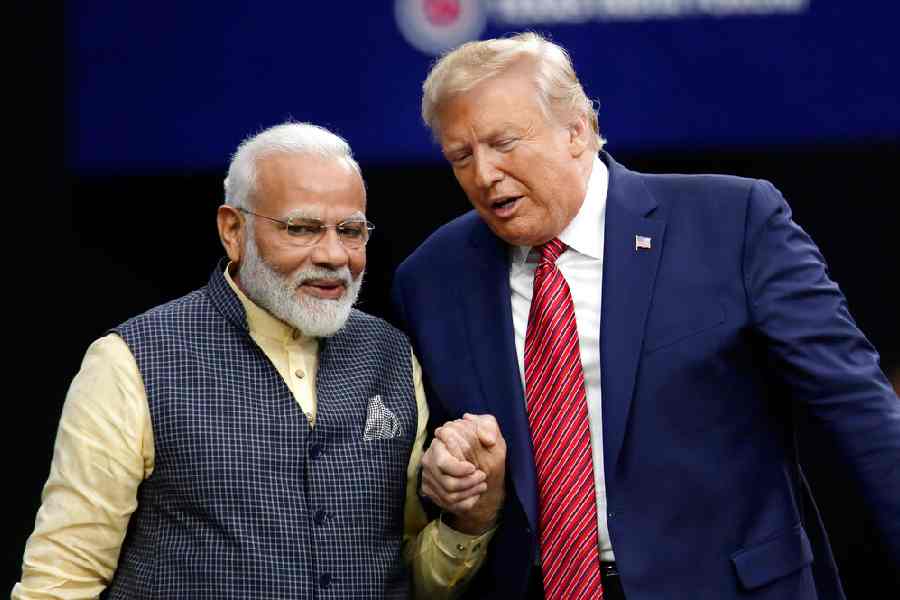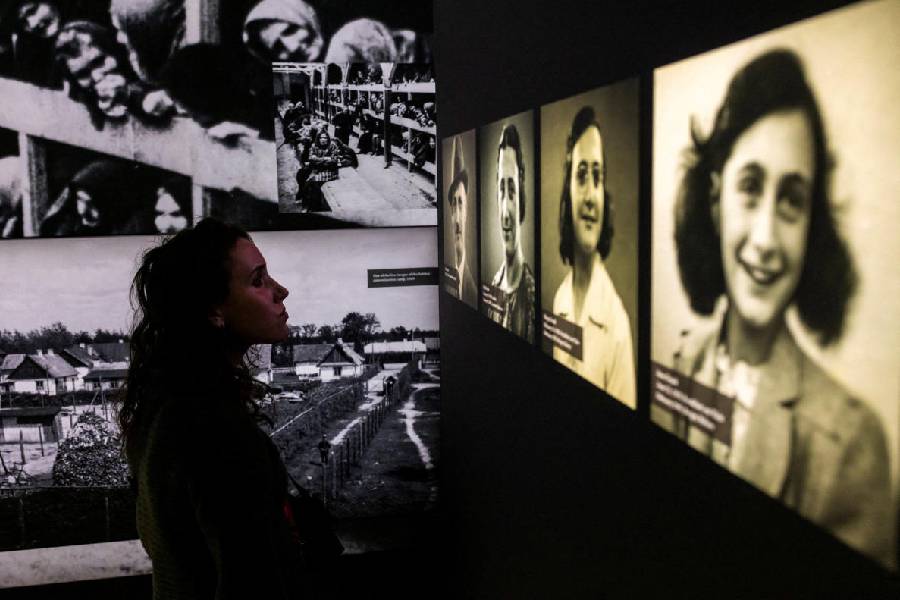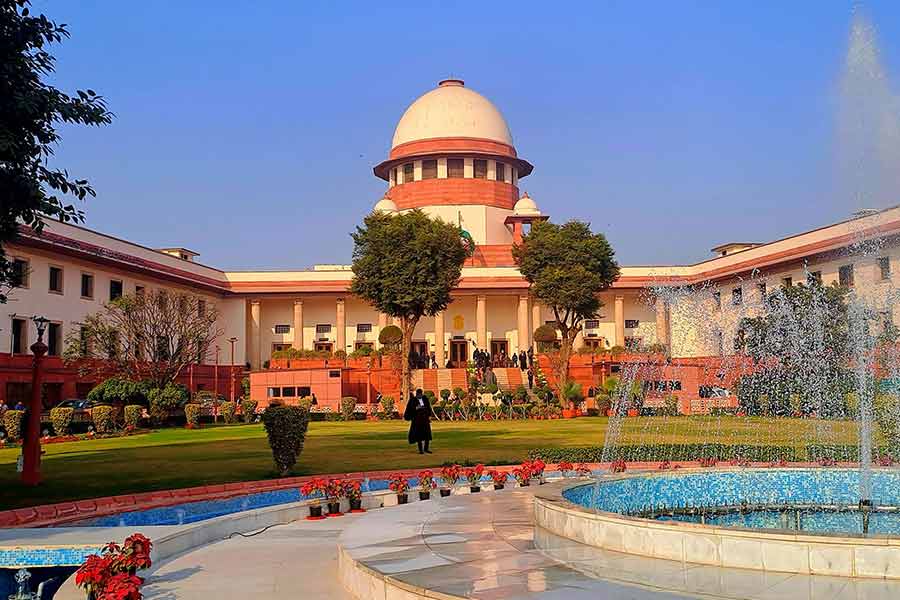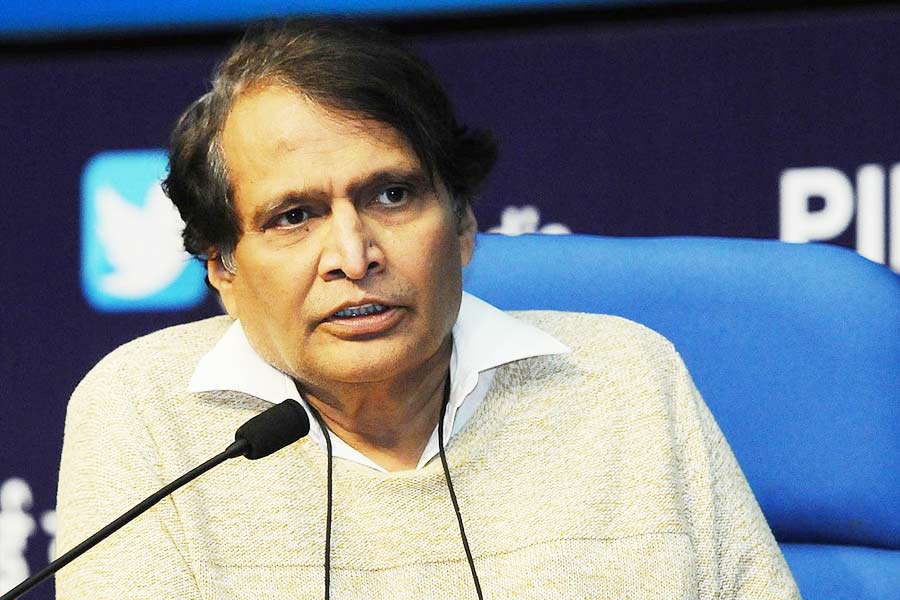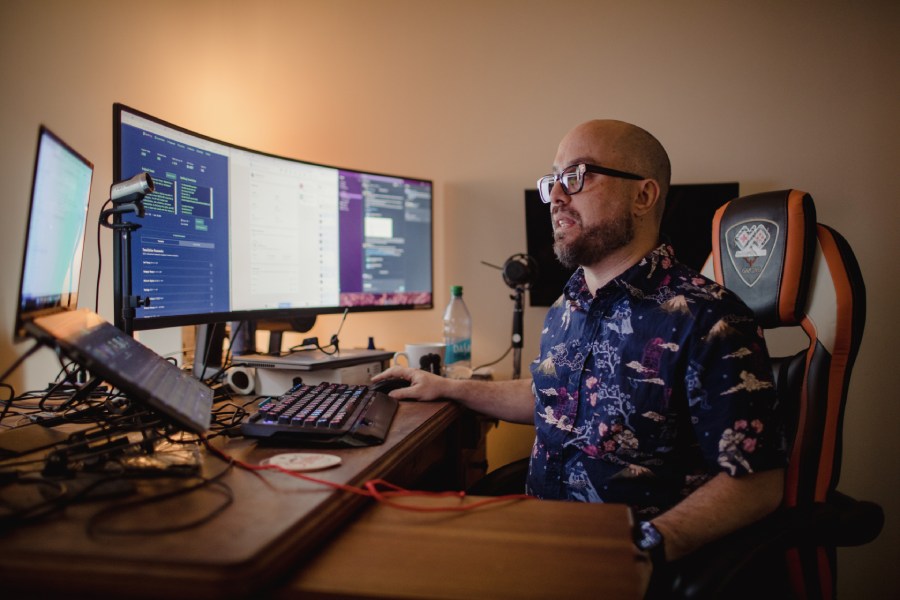A software technology tailored to create “digital twins” of cancer patients may help doctors evaluate in advance and prescribe the most suitable medicines for individual patients and improve their treatment outcomes, researchers have said.
The “digital twins” technology seeks to minimise guesswork, reduce costs and enhance the chances of successful treatment outcomes, a consortium of academic-industry researchers said in a study presented at a scientific meeting in Barcelona, Spain, on Friday.
“A digital twin is a virtual replica of a cancer patient and the tumour. It generates a probability of the predicted response to cancer treatment,” Uzma Asghar, a consultant medical oncologist at the Royal Marsden Hospital in London who reported the study findings on Friday, told The Telegraph via email.
The technology is currently under evaluation in clinical trials involving multiple cancers and is not ready for clinical use yet. “It could be a few years before it is routinely available,” said Asghar, who is also the chief scientific officer at Concr, a UK company focussed on technology for precision oncology.
“Patients could access it in a clinical trial setting — if we were to set up a study in India,” said Asghar, who presented the results of the study on Friday at the European Organisation for Research and Treatmentof Cancer.
Cancer treatment guidelines have progressed over the years and oncologists currently rely on standard treatment protocols to prescribe treatment to individual patients, depending on the stage and type of the tumour and evidence for treatment options.
However, the treatment still involves some trial and error and uncertainty about the outcome. A digital twin — created from genome and molecular data from the tumour and clinical data from the cancer patient — seeks to optimise the treatment choice, Asghar and her collaborators have said.
They have evaluated the technology through earlier clinical trials on patients with breast cancer, pancreatic cancer and ovarian cancer, with a digital twin representing each real patient who had participated in the clinical trials.
They found that patients who received treatment predicted by the digital twin technology had a 75 per cent response rate compared with 53 per cent in patients who received different treatments. The response rate was defined as the proportion of patients whose tumours shrank aftertreatment.
Asghar and her colleagues at Concr have borrowed statistical techniques from astrophysics to develop the digital twins technology which they hope will also help acceleratethe search for new anti-cancer drugs through simulated clinical trials ondigital twins.
Researchers could simulate patient trials at a much earlier stage in drug development and they could re-run simulations multiple times to test different scenarios and candidate medicines to maximise the likelihood of success, Asghar said in a media release.
“Despite major improvements in cancer treatment, there are still many types of cancer where treatment options are limited,” said Timothy Yap, a medical oncologist at the MD Anderson Cancer Centre in the US, who was not involved in the digital twin research. “Designing and testing new cancer treatments is time-consuming andcostly — if we can exploit digital tools that helpmake this process quicker it could help us find better treatments for patients more efficiently in thefuture.”

